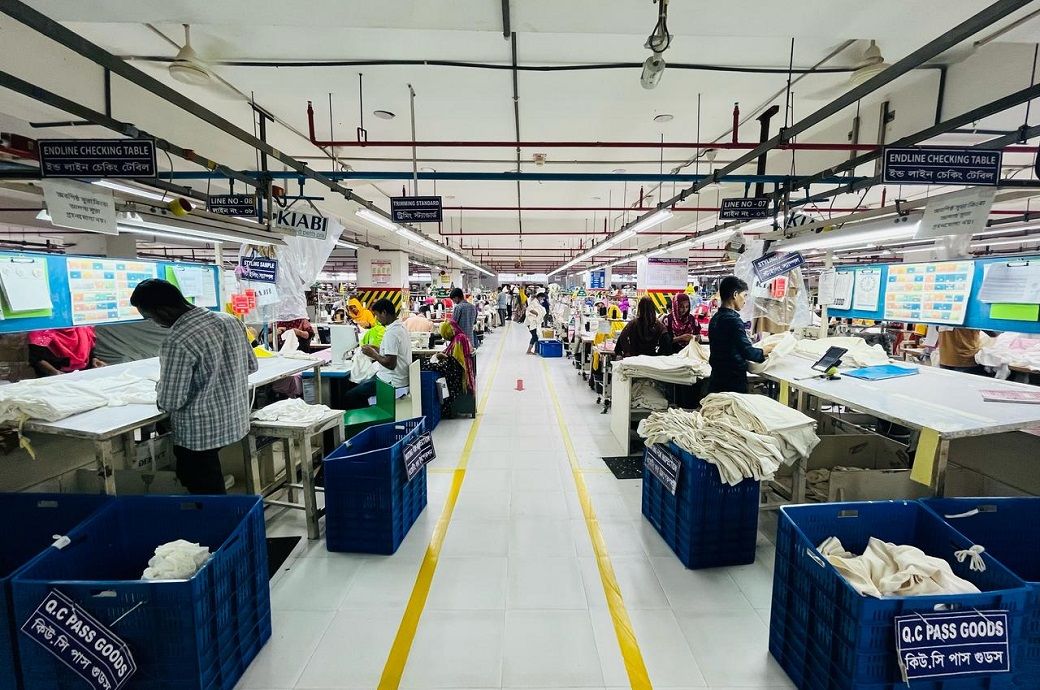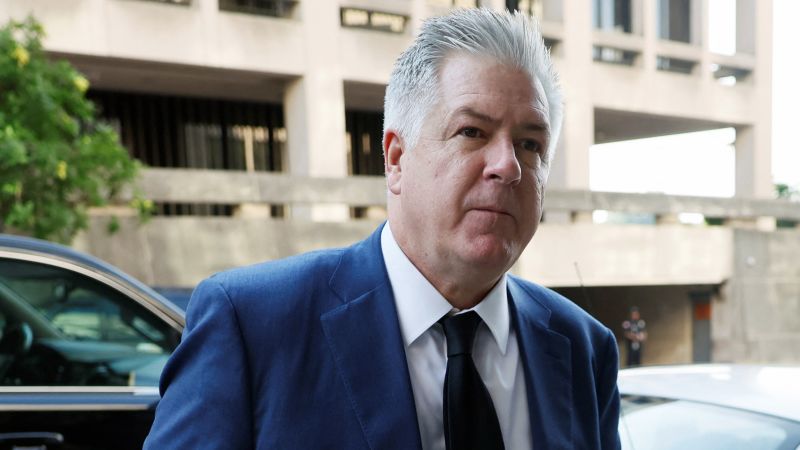There is an “anything you can do, I can do better” vibe to the defence policies of both the Liberals and the Conservatives, but a trio of national security and military experts say each of the parties are missing — or avoiding — the fundamental national security issue at stake in this election.
They say voters are likely asking themselves: What will it take for Canada to defend itself without — or possibly against — the United States?
The Conservatives released their costed platform on Tuesday, which included a defence component.
The Liberals dropped their slightly more detailed plan as part of their platform launch on Saturday, while many Canadians were either already at the advance polls or trying to enjoy the Easter long weekend.
What is striking is the similarities between both parties on some of the specific proposals related to the Arctic and northern sovereignty, and how they seem to be trying to top each other, said the experts.
While it’s a demonstration of consensus on key points, there was a sense among defence observers that each party was trying to outdo the other on details such as how many Arctic bases are needed and how quick to buy airborne early warning surveillance planes.
The Liberal and Conservative policy planks, however, are significant for what they don’t say and don’t do at a time when, inarguably, the foundation of Canada’s security has shifted.
NATO commitments may soon be outdated
They are both pledging to meet NATO’s two per cent of gross domestic product (GDP) defence spending target by 2030, fix military recruiting, buy new submarines, build or upgrade bases in the Arctic and, oddly enough, buy heavy military icebreakers.
New Democrats released a policy statement that makes only passing reference to matters of defence with few specifics, pledging to cancel the F-35 fighter contract and vague references to investment in northern communities. The Green Party also pledged to strengthen Arctic security and “provide our armed forces with the specific capabilities they need for today’s threats,” as well as create a national civil defence corps.
Defence experts say they are focusing on the Liberals and Conservatives because they have the greatest chance of forming government.
Defence expert Dave Perry discusses how the Liberals and Conservatives have each promised Canada will meet the NATO defence spending target of two per cent of GDP by 2030. It is just one of myriad of similarities between the parties when it comes to national defence.
“I think there’s far more similarity than there is difference,” said Dave Perry, president of the Canadian Global Affairs Institute.
It is, he said, significant that the parties agree on meeting the NATO benchmark, which allies, including Canada, originally pledged to work toward in 2014 following Russia’s invasion of Crimea.
“Canadians need to be aware that we’ve landed on actually living up to the set of commitments we promised to deliver on 11 years ago, just as our allies move on to a new set of commitments when it comes to the share of our economy we’re investing in defence.”
At the upcoming NATO summit in June, allies are expected to approve a higher threshold for investment in defence — perhaps as much as 3.5 per cent of GDP. U.S. President Donald Trump said he wants to see allies spending as much as five per cent of GDP.
“So we’ve coalesced on honouring the commitment we made in 2014, basically just in time for that commitment to get redefined,” said Perry.
“I think Canada is now, unfortunately, in the position where rhetoric and promises are no longer close to cutting it, because our allies, both in the United States and in Europe and in Asia, have heard rhetoric and promises for a long time and haven’t actually seen results.”
University of British Columbia political and defence expert Michael Byers said the question of what allies, especially Trump, think of the promises is almost irrelevant because the American president’s “demands keep changing.”
Where allies, other than the United States, will be important is post-election, he said. The next prime minister should immediately reach out to European NATO allies, Japan, South Korea, Australia and New Zealand, “to determine how we can support each other.”
But in measuring the commitments of the political parties ahead of the ballot box, Byers said, Canadians need to be asking themselves: “What does Canada need to defend itself, especially in the absence of a reliable ally to the south?”
An uncomfortable position
That is a question each of the parties have studiously avoided, said University of Calgary defence and Arctic expert Rob Huebert.
Even though American 51st state rhetoric has been toned down by the White House, Huebert said, the threat lingers and each of the parties seem to have reverted in their defence promises to an almost business-as-usual stance, focusing on specific pieces of equipment rather than addressing the elephant in the room.
“The existential threat facing Canada is how do you deal with an untrustworthy America, while facing an increasingly nuclear-armed, aggressive Russia and an increasingly powerful China?” said Huebert, who noted that federal leaders spent little time in the debates on that question.
“So the question is not the dribs and drabs. Are we going to turn around and have three bases or one base in the North? It’s really, how do we get serious about protecting Canada?”
There is a reason, Huebert said, the leaders and the parties have avoided tackling such an uncomfortable notion head on.
“I get the sense that neither of the parties really want to address it in any serious context, just because it does create the possibility of electoral disaster if the wrong word is spoken,” he said.
All of the defence experts were skeptical on how many of the promises each of the parties would actually implement if elected next week.
It is a matter of political will, said Huebert.
“If you can get a prime minister to actually think about defence and to act on defence, that is when things happen in Canada,” Huebert said, referring to the Liberal defence policy introduced under former prime minister Justin Trudeau.
“You can go back to 2017 and look at how complete that policy statement was, and then follow it up with how much was actually implemented … Canada has developed this tendency to talk about security, but to do nothing.”






